Iran turns a corner with production from giant oil layer
An Iranian company has started oil production from the Asmari layer of the Abuzar field for the first time, marking a new milestone in the country's sprawling petroleum industry.
Despite having significant domestic expertise in geology and petroleum engineering, Iran has traditionally needed access to modern equipment and technology to develop its reservoirs, but the offshore operation of the first Asmari well in Abuzar field in the Persian Gulf means the resource-rich nation has begun to turn a corner.
The Iranian Offshore Oil Company (IOOC) announced the start of production on Tuesday, the Ministry of Petroleum's Shana news outlet reported.
"Following months of planning for additional appraisal and possibility of production from the upper Asmari layer of Abuzar field, the first well was spudded and oil production from the reservoir was realized for the first time in the history of the field's development," IOOC's Javad Rostami said.
"It is predicted that with the preliminary development of the reservoir and drilling of five to eight wells, the production of 6,000-10,000 barrels per day of oil from the reservoir will be possible," he added.
The development of the Asmari layer ushers in a new phase in hydrocarbon prospecting and operation of reservoirs in Iran, where some of the fields have been in production for 50 years or more.
The older fields are heavily depleted, and require expensive and complex technology to coax more oil from them, but rolling sanctions imposed by the US have made it all but impossible.
The sanctions, however, have been a boon to domestic manufacturers who have thrived under the new situation through mobilizing their resources to fulfill some of the tasks which were an exclusive competence of foreign companies.
They have spawned an inward-looking drive in Iran, especially in its oil industry which has gone out of its way to put unprecedented trust in local companies for implementation of some major projects.
Officials have said Iran’s oil, gas and petroleum sectors are on the frontline of the fight against the United States’ “maximum pressure” which former President Donald Trump primarily applied with an express aim of bringing the country’s exports down to zero.
Iran’s oil and gas resources are some of the largest and exceptionally most attractive from an economic point of view in the world. They are trapped in large, conventional reservoirs with excellent geological properties that make them highly productive at a low cost.
Its proven oil reserves of at least 160 billion barrels account for almost 10 percent of the world total and rank it fourth after Venezuela, Saudi Arabia and Canada. The country also sits on the world’s largest proven gas reserves of almost 34 trillion cubic meters or 18 percent of the global total.
Most of Iran’s oil and gas fields lie in a belt running along its maritime boundary in the Persian Gulf and the foothills of the Zagros Mountains – an extensive folded zone which is geologically the result of the Arabian plate's collision with the central Iranian plateau.
The collision has trapped thick layers of ancient limestone and sandstone and turned them into some of the world’s biggest oil and gas accumulations.
The Zagros basin covers more than 550,000 square kilometers, stretching from Turkey and Syria through the Iraqi Kurdistan into Iran where its sediments are ideally up to 12,000 meters thick.
The sediments have formed various layers, including oil and gas, the most important of which is the Asmari limestone formation in Iran.
Despite being impermeable and non-porous, Asmari is heavily fractured which makes it an ideal gusher for oil and gas production.
Through its natural fracture system, a single well can drain a vast area and produce up to 80,000 barrels per day of oil for a sustainable period of time.
Iranian oil wells hold the world record for the highest production average of 10,000 bpd, according to Reuters which is named after Paul Julius Reuter, a Brit who received the first concession to explore for oil in Iran in 1872.
Reuter set the stage for the first successful concession granted to William Knox D’Arcy who struck oil in Masjed-e Soleyman in 1908.
Masjed-e Soleyman is the first oilfield discovered in Middle East, out of which energy behemoth BP was born, initially as the Anglo-Persian Oil Company. Three decades later, when it had expanded beyond the Middle East to Alaska, the company crossed out Iranians and became British Petroleum.
Despite being actively involved in Iran’s energy development projects for decades, BP has followed other major companies in shunning the country because of sanctions, but their move has given a unique chance to domestic companies to grow.
Iranian companies are currently ramping up production while the market has begun to make room for Iran's oil as talks continue in Vienna to have the US fold back all its sanctions imposed on Tehran under the Trump administration.
The International Energy Agency (IEA) said in its oil market report this month that Iran could bring its oil production to 3.8 million barrels per day by 2022 and become the key source of the global oil output growth.
Iranian oil ministry officials are confident of the country's ability to increase production quickly. One senior official said earlier this month that most output could be restored within a month.
Until we meet again: A letter to the ‘master of resistance’ Sayyed Hassan Nasrallah
Unraveling Iran’s puzzle of assets frozen abroad
Indian worker shot dead in Jordan trying to enter Israeli-occupied territories
Leader’s advisor warns Turkish officials against repeating baseless claims about Iran
‘US complicity’: Hezbollah says Israel used American intel, missiles to assassinate Nasrallah
Japanese judge elected ICJ president, set to oversee Israeli genocide case
Hamas: Israel can’t blackmail, terrify Palestinians through starvation, siege
Western media ‘manufacturing consent’ for genocide by pinning truce breach on Hamas


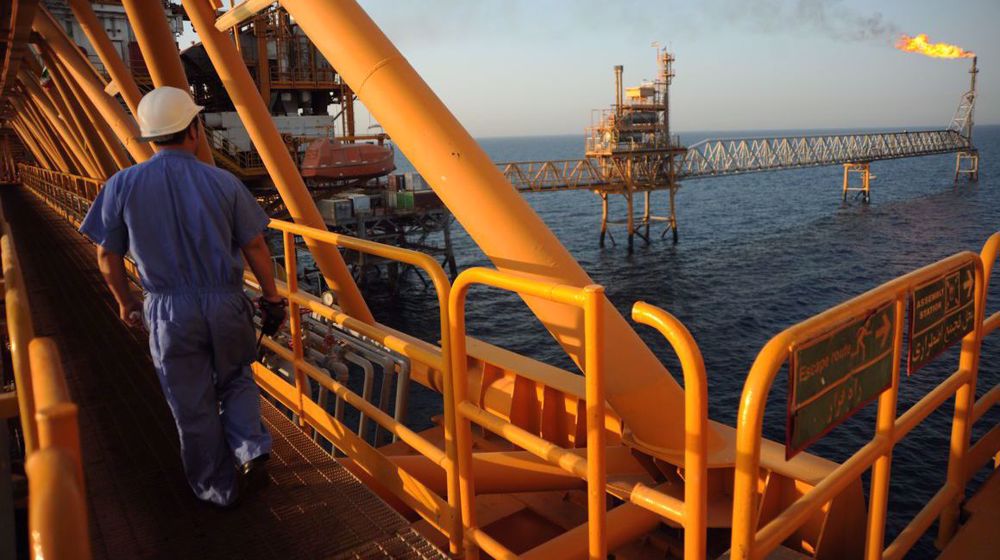
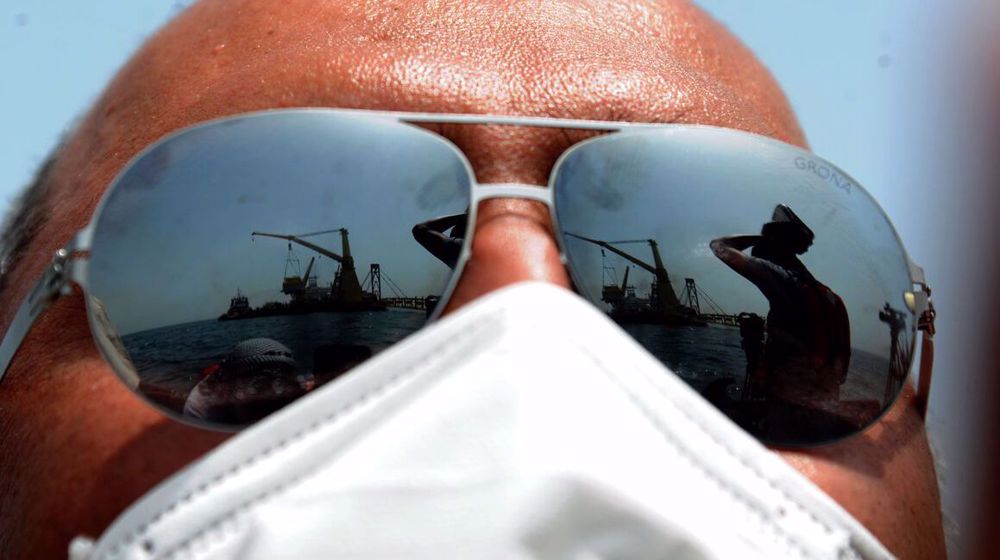
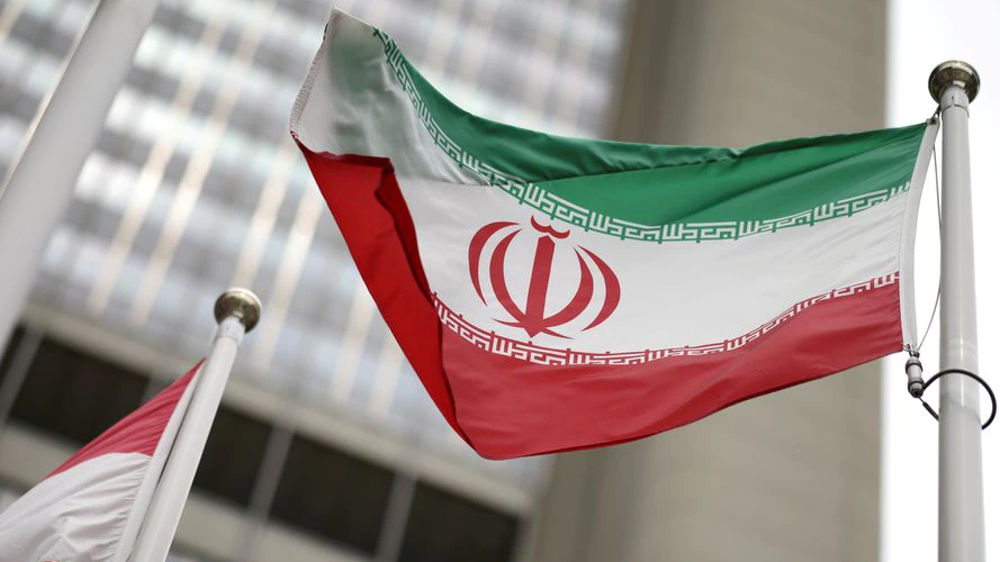
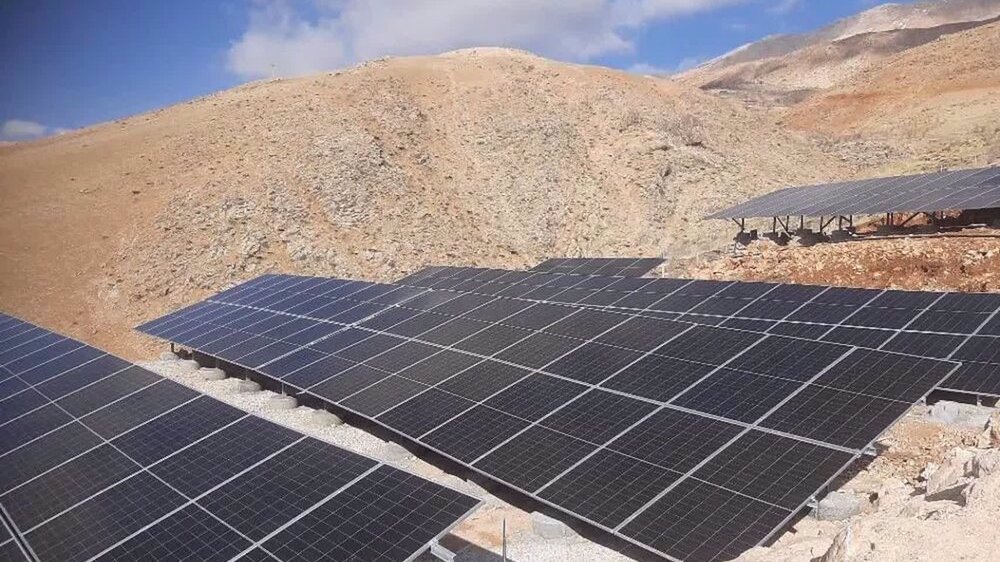
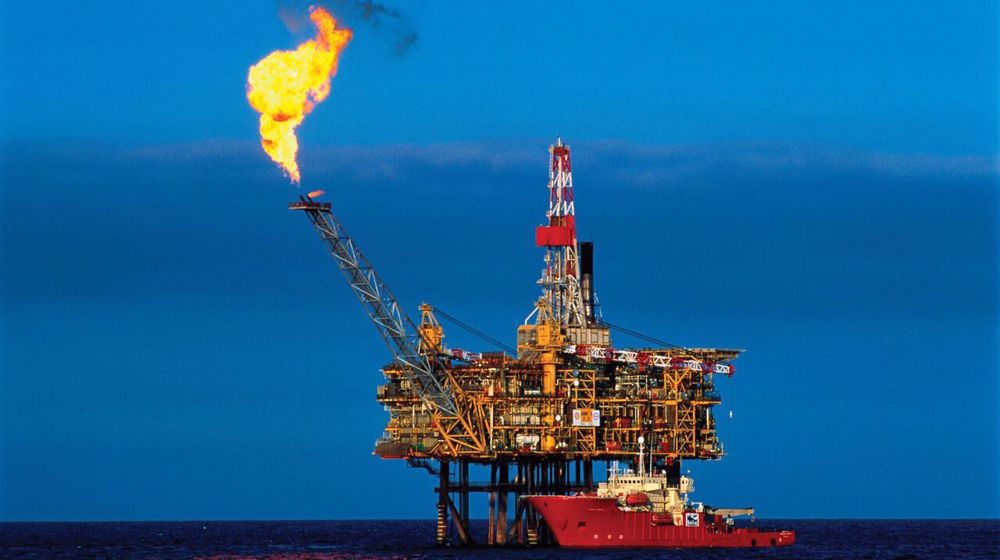
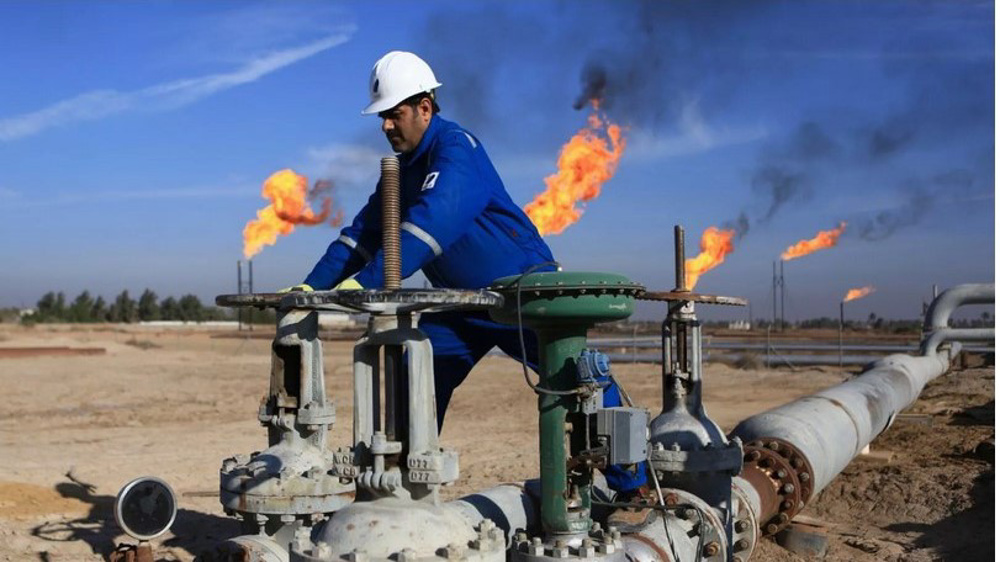




 This makes it easy to access the Press TV website
This makes it easy to access the Press TV website